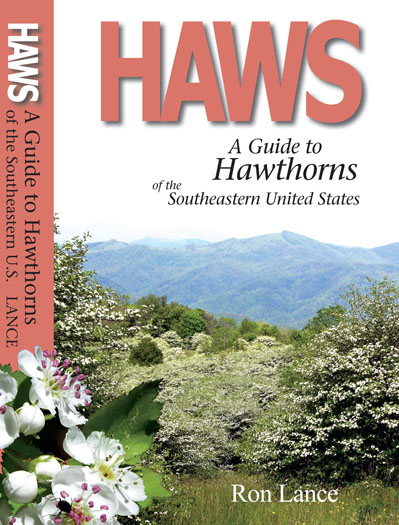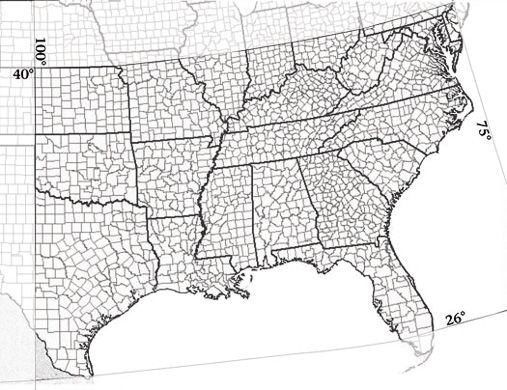Haws —
A Guide to Hawthorns
of the Southeastern United States
Ron Lance
By whatever name is applied to them, be it hawthorn, haw, hawapple, thornapple or otherwise, the assemblage of plants comprising the genus Crataegus is both familiar and infamous. They are all shrubs or small trees that grace the spring season with white blooms, ripen miniaturized apple-like fruits and defend themselves with sharp thorns.
The taxonomy and identification of hawthorns in eastern North America is one of the most notorious challenges in regional botany. At the turn of the 20th century, a surge in hawthorn descriptions installed over 1000 names applicable to a group of plants more likely composed of less than 200 species. A legacy of confusion has since followed, with only token representation of the hawthorns being offered in many plant guides.
A product of over 20 years’ work in field, garden, and herbarium study, this book was written to fill a longstanding void in hawthorn understanding for the southeastern U.S. region. Here for the first time, in one complete volume, all significant species and their variations known to occur in this region are collectively presented. Over 720 photographs, 120 drawings and range maps, copious natural histories, descriptions, reference tables and identification keys are used within the book’s 520 pages to guide the recognition and appreciation of all our hawthorns.
This book is available by writing the author at floramontivaga @ gmail.com; the $27.00 cost includes shipping and handling within the United States.
Ronald W. Lance is a lifetime resident of the southeastern U.S., active in biology, forestry, botany and horticulture roles since 1975. In 2022 the Southern Appalachian Botanical Society awarded him the prestigious Elizabeth Anne Bartholomew Award. Lance is currently a biologist/land manager with the North American Land Trust. His other books include Woody Plants of the Southeastern US: A Winter Guide and Woody Plants of the Blue Ridge.
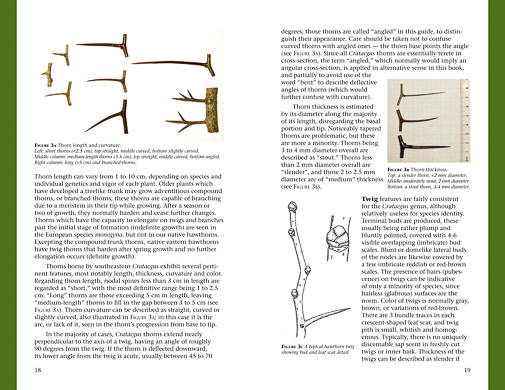
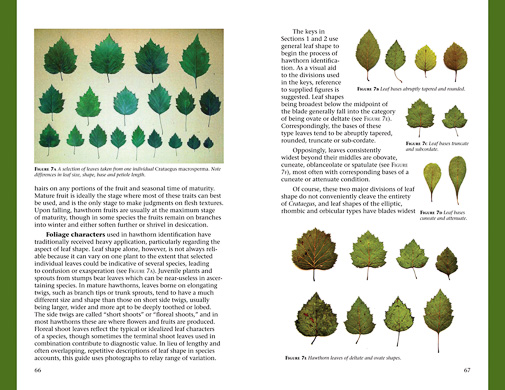

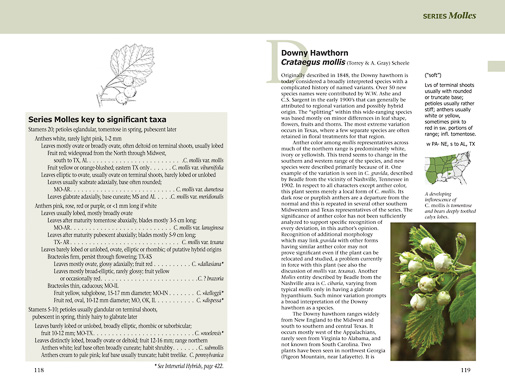

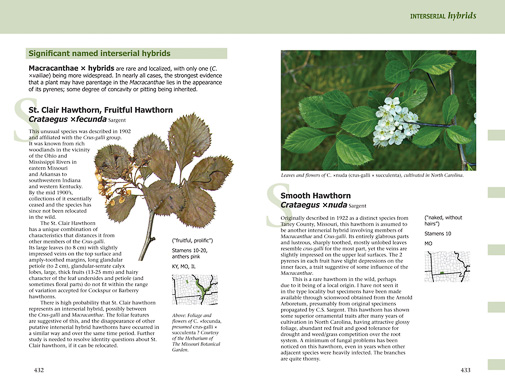
To select from a dropdown list of genera, type only the first 2-3 letters.
If "briar" doesn't deliver the results you want, try an alternate spelling such as "brier", etc.

